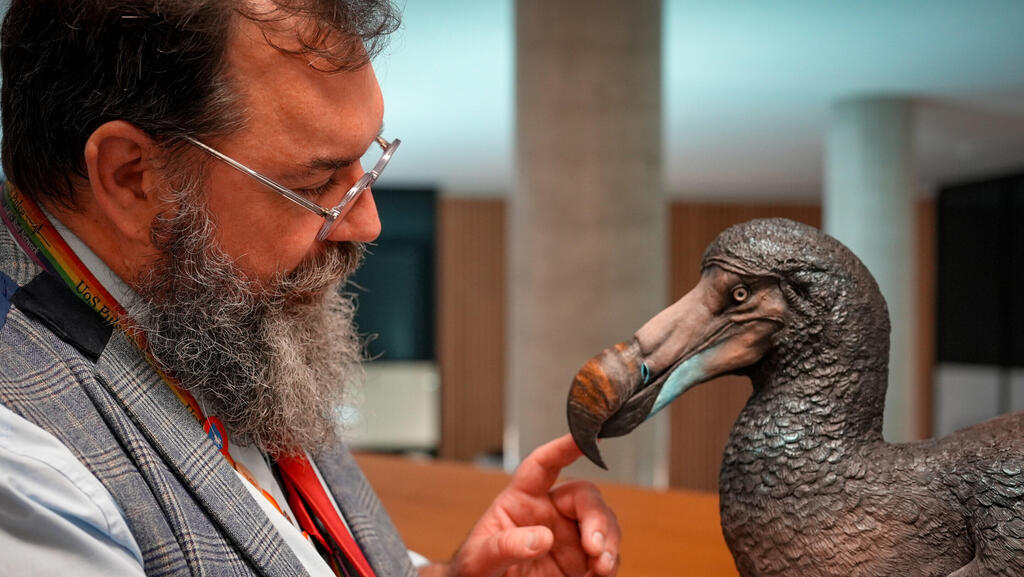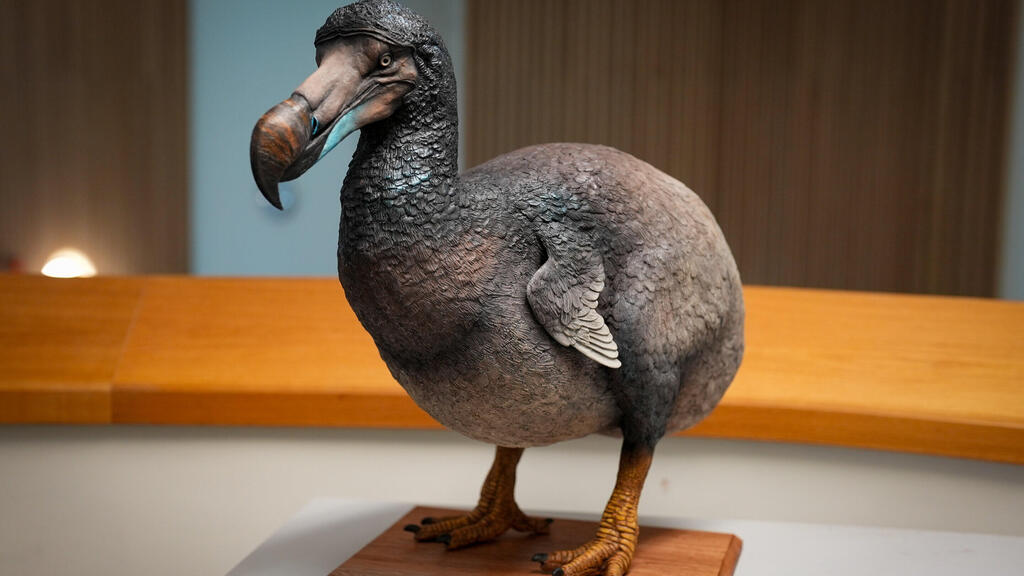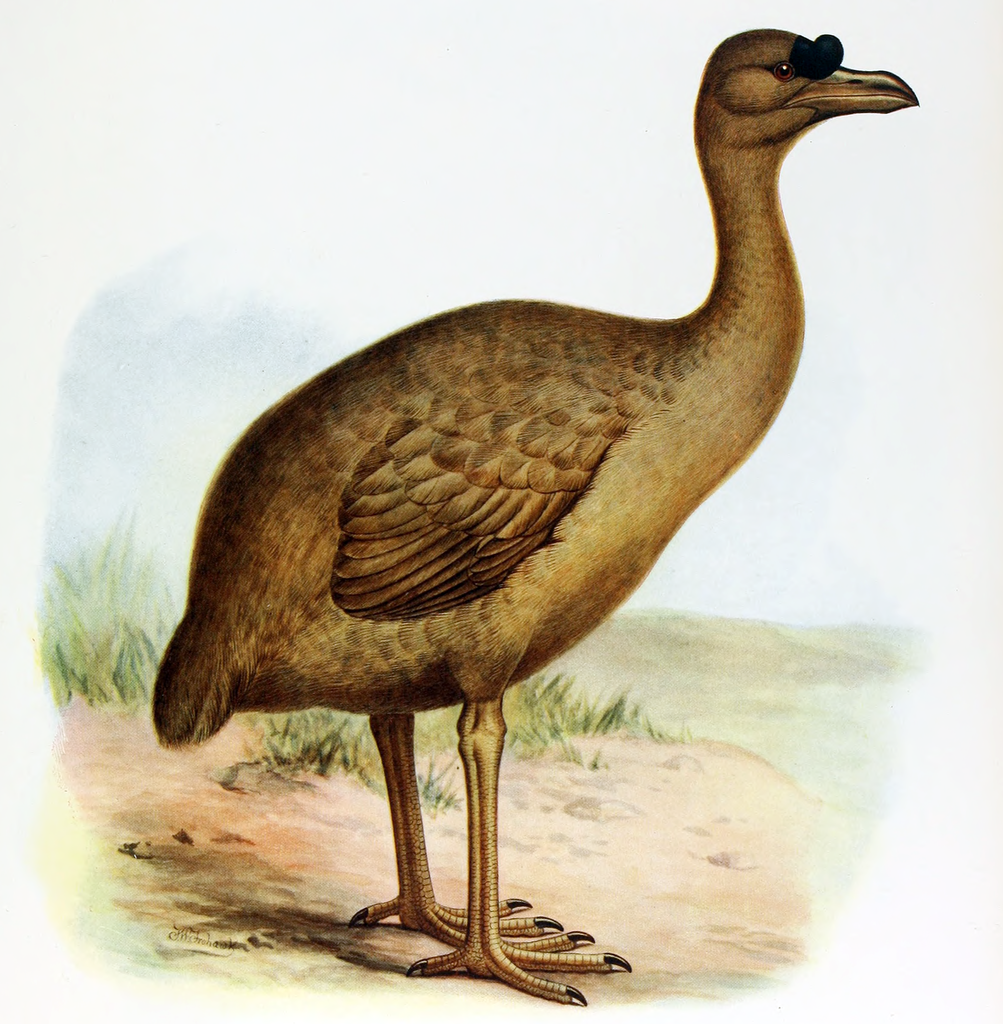Getting your Trinity Audio player ready...
Despite the 570-kilometer distance separating Mauritius from Rodrigues Island, two extinct flightless birds—the dodo and the Rodrigues solitaire—were closely related. Their closest surviving relative is the Nicobar pigeon.
In a study published in the Zoological Journal of the Linnean Society, researchers from the University of Southampton, the Natural History Museum in London, and the Oxford University Museum of Natural History conducted the most comprehensive review of the taxonomy of these two extinct species.
The researchers meticulously examined 400 years of scientific literature and visited collections across the UK to ensure that these iconic species, particularly the dodo—often seen as a symbol of humanity's destructive potential—are correctly classified. "The dodo was the first living creature to be documented and then become extinct," explained Dr. Neil Gostling from the University of Southampton. "Until then, people didn't think humans could negatively affect what God had created."
Much of what has been written about the dodo and the solitaire is based on accounts from Dutch sailors and incomplete remains. The lack of scientific data led to a series of misidentifications in the centuries following their extinction, affecting zoological literature. "In the 18th and early 19th centuries, the dodo and the solitaire were thought to be mythical creatures," said Dr. Mark Young of the University of Southampton.
"Victorian scientists eventually proved otherwise, identifying them as two species within the subfamily Raphinae of the pigeon family. Unfortunately, no one could agree on how many species there were. For most of the 19th and 20th centuries, researchers believed there were three distinct species, although some thought there were four or even five."
To clarify this, the research team reviewed all literature on the dodo and the solitaire, including the only surviving soft tissue of a dodo, preserved in the Oxford Museum. "More has been written about the dodo than any other bird, yet almost nothing is known about it from when it was alive," said Dr. Julian Hume, a paleornithologist at the Natural History Museum in London.
Even 400 years after their extinction, the dodo and the solitaire remain at the center of a heated debate. This study confirms that both birds belonged to the pigeon family (Columbidae). "Understanding their broader relationships with other species in this family is important taxonomically," said Dr. Gostling. "But from a conservation perspective, the extinction of the dodo and the solitaire means a unique branch of the pigeon family tree has been lost."
The researchers challenge the common perception of the dodo as a fat, slow animal destined for extinction. "Even 400 years later, we have so much to learn about these birds," said Dr. Young. "Was the dodo really the slow, dumb creature we've been led to believe? The few written descriptions of the dodo suggest a fast-moving animal that lived in forested areas."
Dr. Gostling added that samples taken from the dodo's bones indicate that the tendon in its feet was particularly strong, similar to that of current climbing and running birds. This suggests the dodo was likely a very active and fast-moving animal. "These creatures were perfectly adapted to their environment, with few natural predators," he said.
"But when humans arrived, bringing rats, cats, and pigs, the dodo and the solitaire stood no chance of survival. If we can deeply understand these two extinct species, especially the dodo, we might be able to help restore the ecosystems of the islands where they lived, repairing the damage caused by humans over 400 years ago."
"Our research could help save birds currently facing extinction," added Dr. Markus Heller of the University of Southampton. "By understanding how birds evolved in the past, we've gained insights that can protect existing species. It's like solving a centuries-old puzzle whose solution can prevent other species from following the same path as the dodo and the solitaire."




